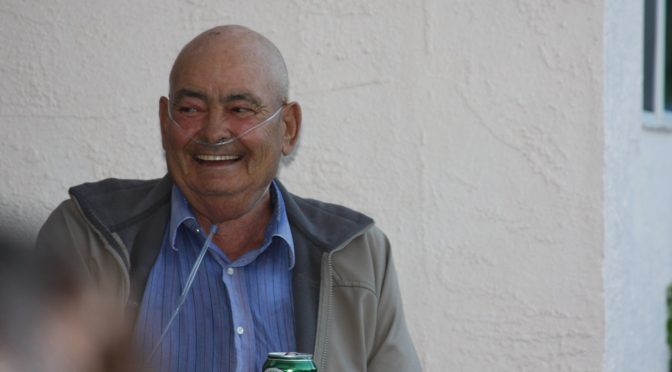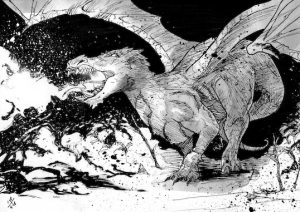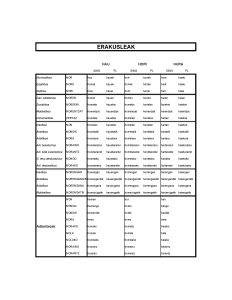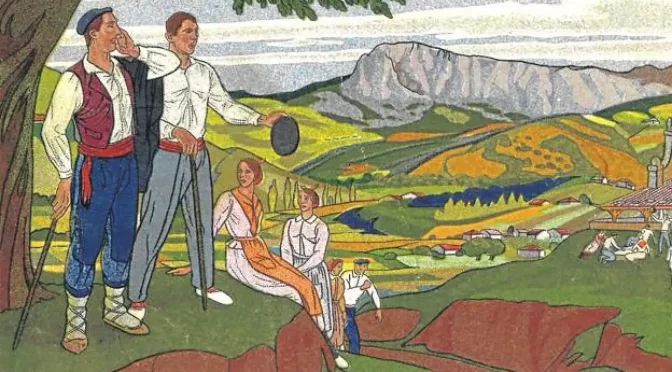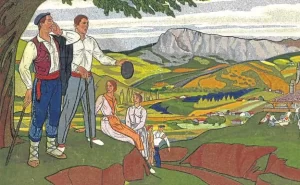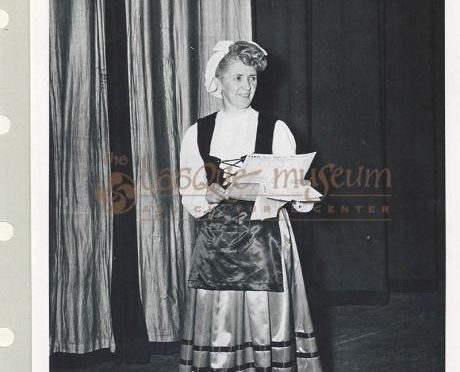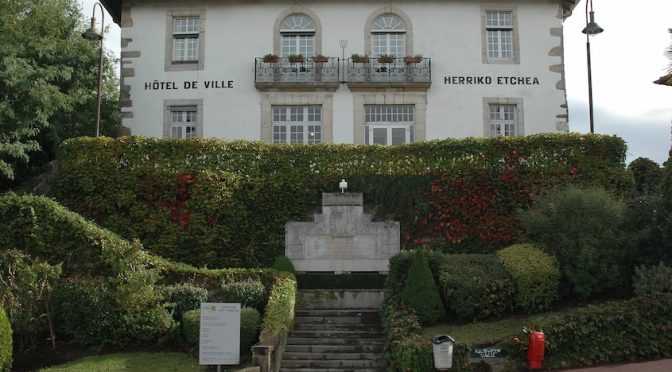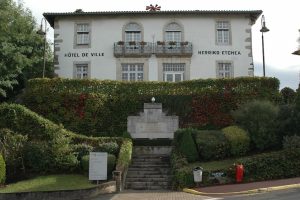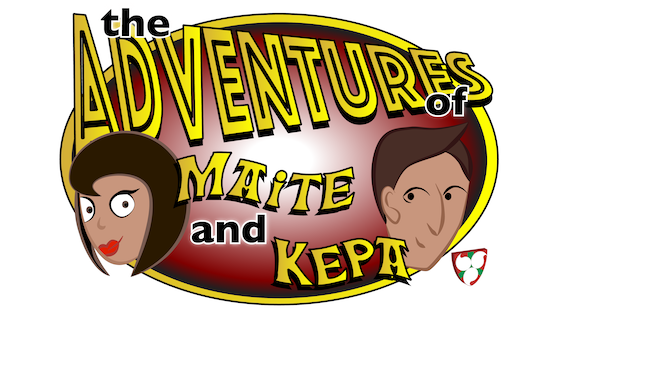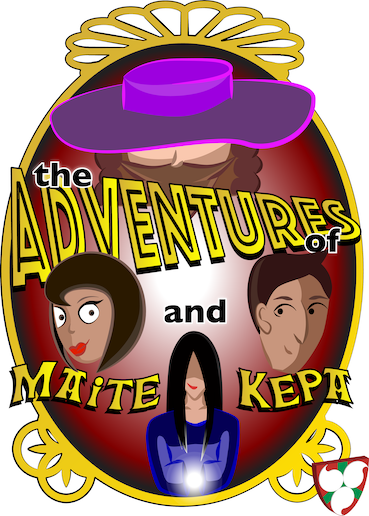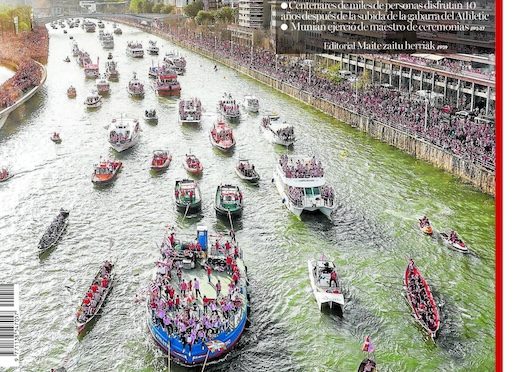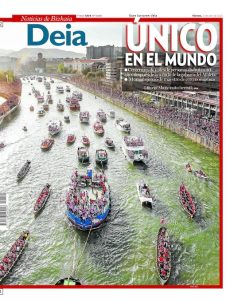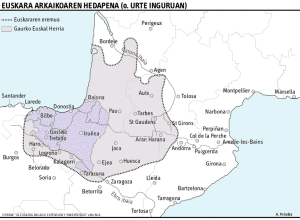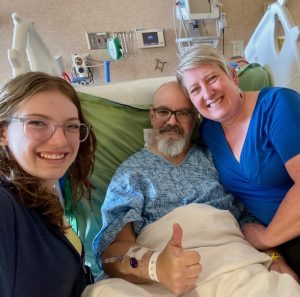
Today is dad’s birthday. He would have turned 80. I decided to celebrate his birthday by lying in a hospital bed, much like he did for so many days. Well, ok, it wasn’t like I chose to do this. At the risk of sounding self indulgent or providing too much information, I got an infection between my lung and my rib – something doctors call an empyema. The only way to get rid of it is by draining via a chest tube…
I’ve been in the hospital just shy of a week, which is nothing compared to the months upon months – very likely adding up to a year or even more – that dad spent in various hospital beds, but maybe it gives me a little more appreciation of what he went through all of those days. All of the poking, the constant sudden wake ups in the middle of the night so they can check vitals or draw more blood, and the endless stream of people coming and going, observing you sometimes in a detached way like some sort of specimen. (To be fair, my doctors and nurses have been great and have not made me feel this way, but I know dad did at times.) When he first went into the hospital, back in 1997, his heart was failing after too many heart attacks and he needed a heart transplant. He had to lay in a bed for three months waiting for a new heart. He couldn’t move, couldn’t even shift around in that bed, because he had a catheter that went up his leg and pumped a balloon that kept his heart moving. Three months is a long time to just lay there. His body atrophied significantly. His once strong body, the one that was built herding sheep and bucking hay, was gone. When he finally got the heart, he would often say that the engine was new, but the chassis was, literally, shit.
I think dad’s Basque stubbornness helped him get through all of it. There were times when he wanted to give up, when things either looked bleak (no, that heart isn’t right for him, we’ll have to keep waiting) or he had a particularly bad day. Like after he had a yeast infection that nearly shut down his whole body. His feet and hands were freezing as all of his internal resources were devoted to his heart and brain. We would plead with him to keep fighting – didn’t he want to see grandchildren someday? But, really, I think it was being stubborn and refusing to quit that got him through it all. Along with the amazing support of my mom who was relentless in making sure he got what he needed. That new heart gave him 18-19 years, years where he saw all three of his sons get married (we were all relatively late bloomers) and all of us have our own kids. He got to meet four of his five grandchildren and I know he made an impression on them. And seeing them always brought a sparkle to his eye.
But, that Basque stubbornness was a double-edged sword. When dad had to start physical therapy to try to rebuild that broken chassis, he quit after the first setback, refusing to listen to the doctors or anyone else. He was just done. And so that chassis never got better. The axels and the frame continued to deteriorate, as did some of the auxiliary features. The analogy went so far that when he was sitting there getting dialysis, it was like being at the mechanic’s, changing the oil in the car. But what can you do when a stubborn Basque has made up his mind? Dad wasn’t going to do the physical therapy and there wasn’t anything we could do to change his mind.
In the end, dad was just done with it all. He was in a rehab center and got sick. They told him he needed to go to the hospital yet again to get treatment. He shook his head. No. He was done with being poked and prodded. He was done with those hospital beds. He wanted to be in his own home, free of the constant buzz that surrounds a hospital bed. We took him home and the next night he passed, in the wee hours of Thanksgiving Day, 2015. I like to think he got a little rest at the end.
Thanks to Lisa Van De Graaff for encouraging me to record dad and his stories when I could.

